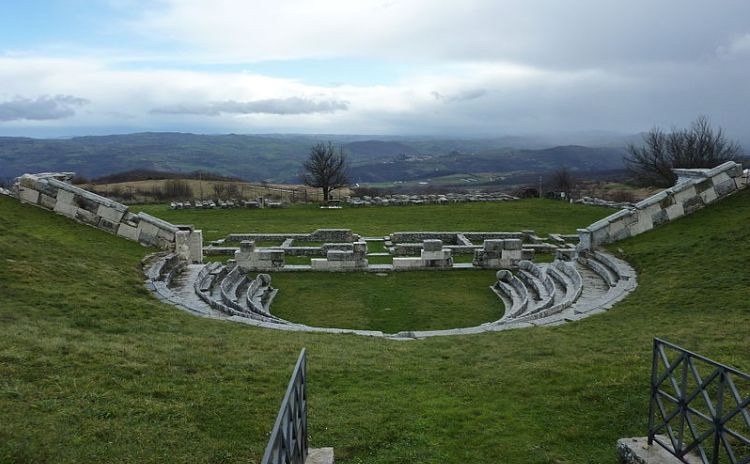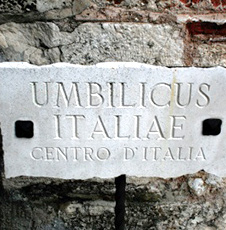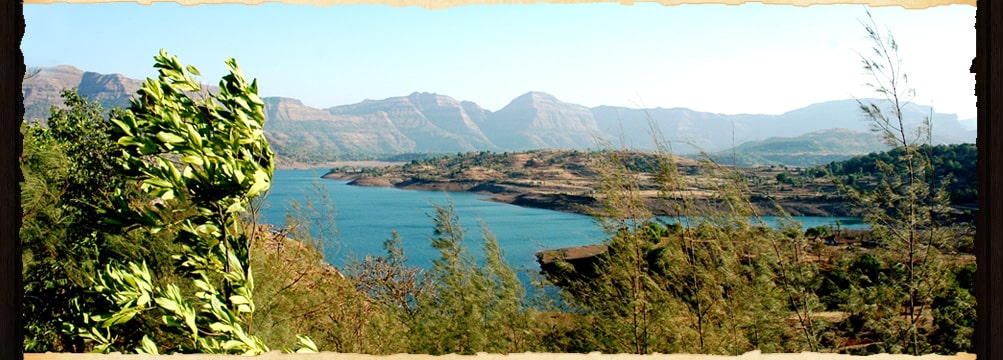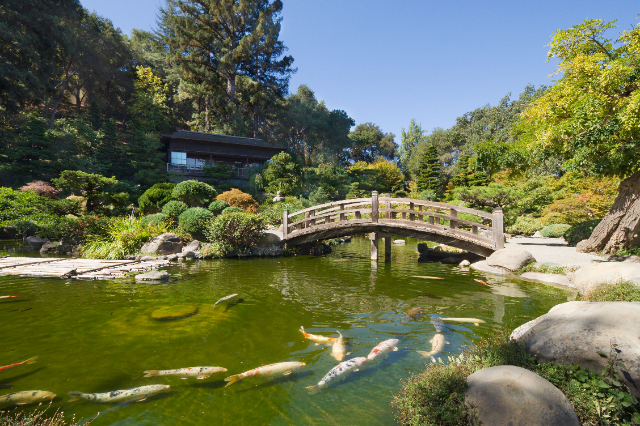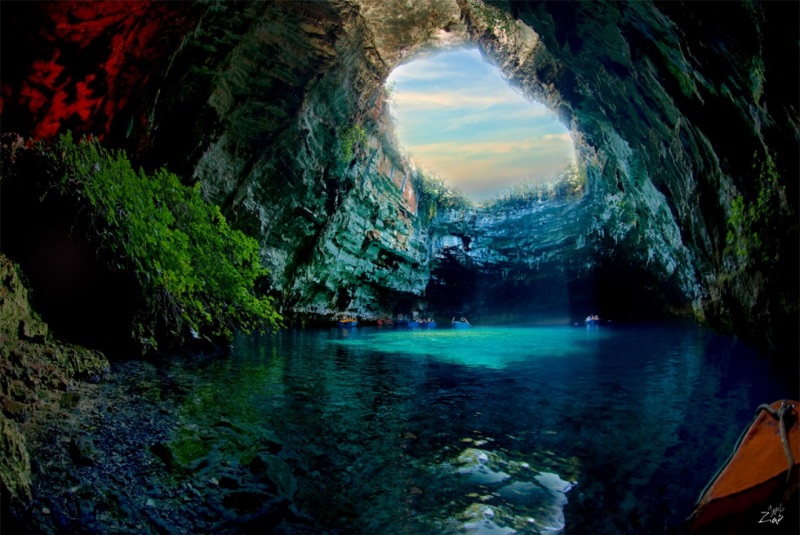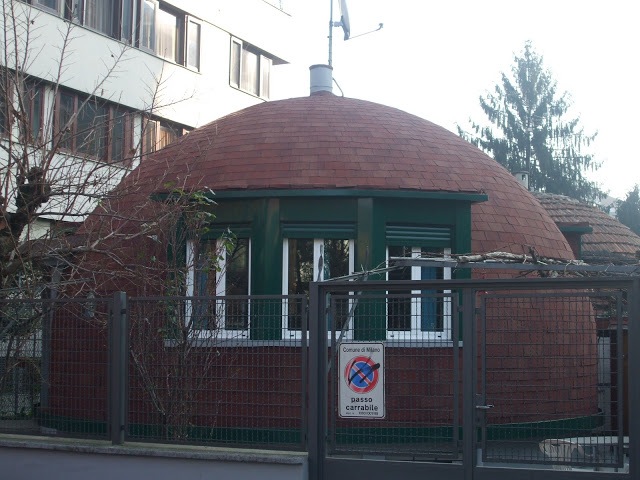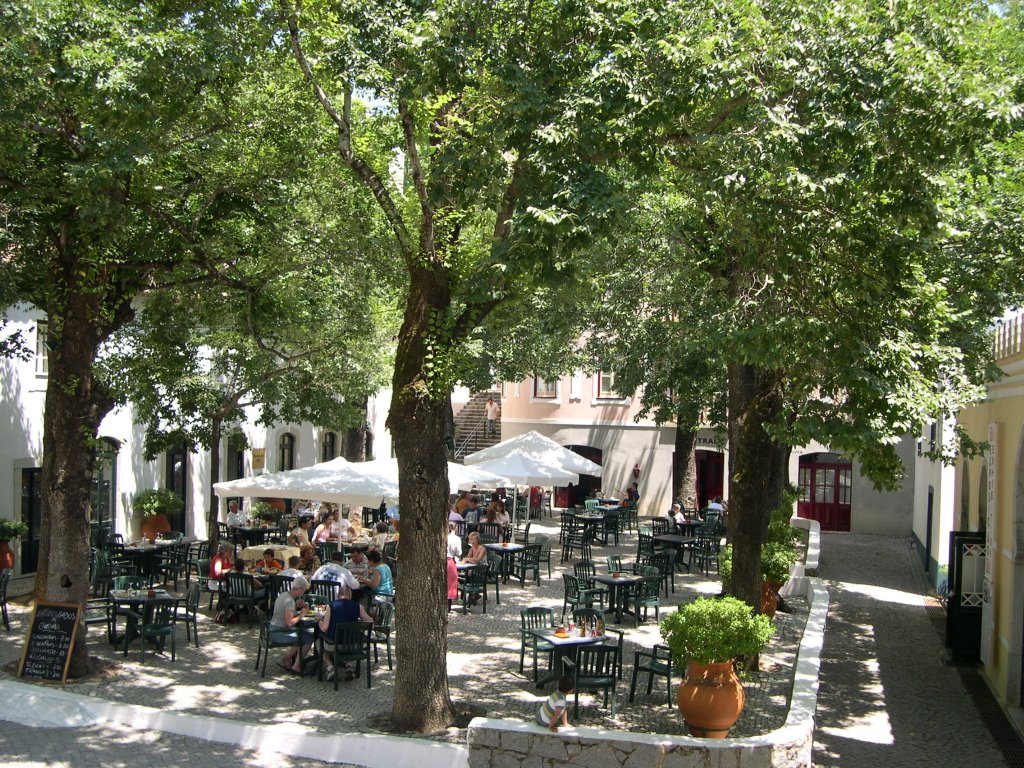In Alto Molise, in the province of Isernia, there is a town with an unusual name, Pietrabbondante. It is not wrong to associate this place-name with the abundance of rock present in the surrounding areas. On the other hand, in some cases we find ourselves in particularly high and barren areas. Another etymology, however, wants it to be a reference to the cult of the goddess Ops Consica, goddess of abundance, which was worshiped by the Samnites Penti settled centuries ago in Molise. The most interesting element of the whole complex is the theatre, built in axis with the entrance of the main temple. It is not an isolated case and other examples of sanctuaries modelled in this way can be found in various areas of Central Italy, such as in Castelsecco, in the province of Arezzo. The structure has a raised cavea, perfectly preserved despite centuries of spoliation, together with the lower tiers of seats, arranged in three rows. These were the seats reserved for the aristocracy or tribal leaders who went to Pietrabbondante to perform religious rites or to fulfil political commitments. Of the other scenic buildings only ruins remain, both of the buildings and of the side walkways. The rest of the cavea was probably made up of wooden benches. This explains the presence of bare earth at the top of the steps.
Why did the Samnites build a theatre? To this question there is no certain answer because of the scarcity of archaeological or documentary evidence that can confirm any working hypothesis. It is said that originally it had a purely political and military function. There took place the gatherings of the leaders of the Samnite people, who came from all regions inhabited by these Italic tribes. It is not wrong to say that, when the political conditions changed, when in the second century BC the whole area was pacified, the theater was used for the production of theatrical performances, along the lines of those much loved by the Hellenistic world.
